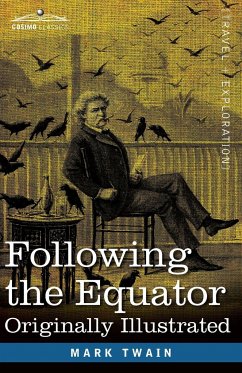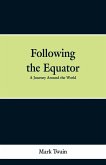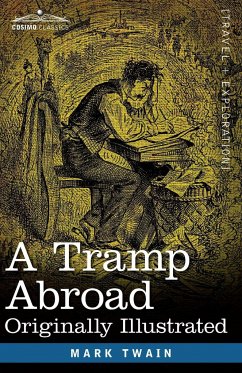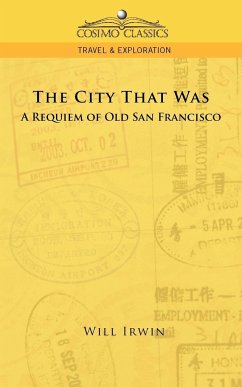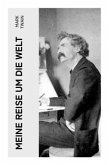"Truth is the most valuable thing we have. Let us economize it." -Mark Twain, Following the Equator (1897) Following the Equator-A Journey Around the World (1889), a travel book about Mark Twain's lecture tour in the British Empire, undertaken late in his life to repay his debts after becoming nearly broke. This book describes Twain's fascinating experiences in Australia, India, South Africa, and elsewhere. It offers Twain's quintessential mix of irony, humor, and social criticism of white man's behavior towards the indigenous populations around the world. This replica of the original 1897 edition of Following the Equator, containing 192 illustrations by multiple illustrators, including Daniel Beard, C. Allan Gilbert, F.M Senior, and C.H. Warren, is one hundred and twenty years after its initial publication still a highly entertaining read.
Hinweis: Dieser Artikel kann nur an eine deutsche Lieferadresse ausgeliefert werden.
Hinweis: Dieser Artikel kann nur an eine deutsche Lieferadresse ausgeliefert werden.

